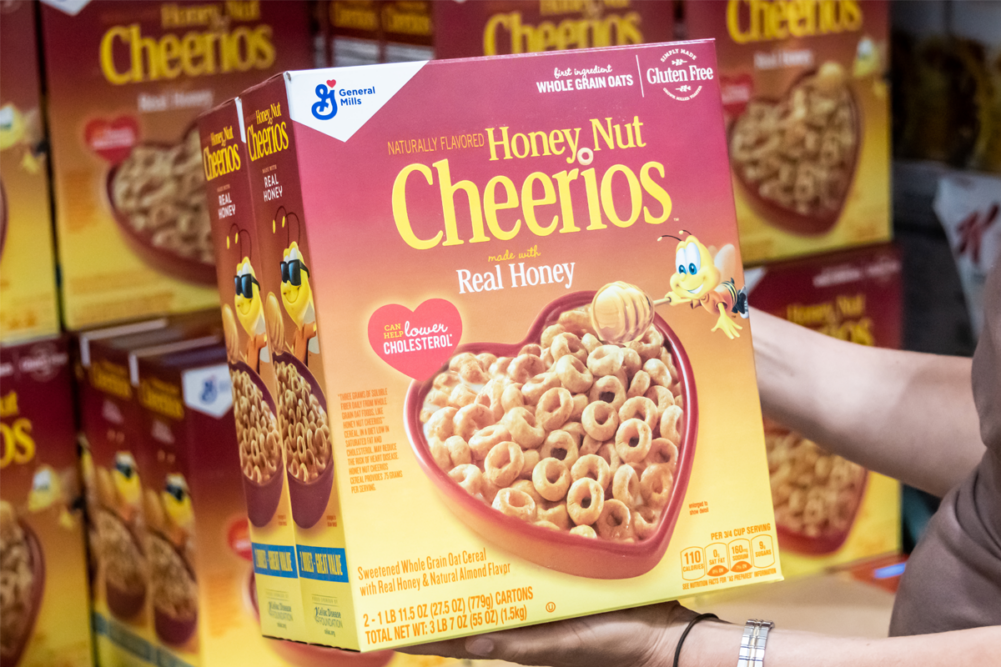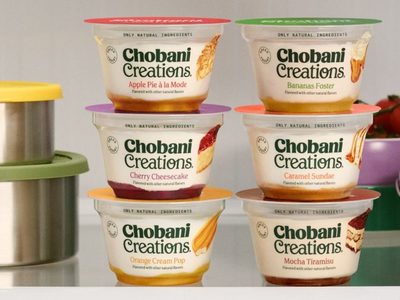MINNEAPOLIS — The management team of General Mills, Inc. is preparing for double-digit inflation on the cost of goods sold and continued supply chain disruptions in fiscal 2023.
“I think we're expecting another year of uncertainty, candidly, similar to the table that was set this year,” said Kofi A. Bruce, chief financial officer, during a June 29 conference call to discuss fiscal 2022 results. “We're expecting only a modest decline in the level of supply chain disruption. We expect … our price realization and a combination of HMM (holistic margin management) to largely offset the dollar cost of the 14% inflation that we've called for.”
One positive is the company does expect supply chain disruptions to slowly moderate in fiscal 2023 compared to what occurred in fiscal 2022.
“It is becoming increasingly clear that the environment in fiscal ’23 will remain dynamic,” said Jeffrey L. Harmening, chairman and chief executive officer. “We expect a significant step-up in input cost inflation this year, from 8% in fiscal ’22 to approximately 14% in fiscal ’23. We are planning for rising inflation and reduced consumer spending power to lead to an increase in at-home eating and other value-seeking behaviors. As a result, we expect elasticities will increase versus fiscal ’22 levels but remain below historic levels in fiscal ’23.”
Mr. Bruce added that the company expects inflation to be the highest in the first quarter of fiscal 2023 and then decelerate through the course of the fiscal year.
Net income for fiscal 2022, ended May 29, was $2.7 billion, equal to $4.46 per share on the common stock, and a 16% increase over fiscal 2021 when the company earned $2.4 billion, equal to $3.81 per share.
Fiscal 2022 sales were $19 billion, up 5% compared to the previous fiscal year.
Sales increased 3% to $11.6 billion in the company’s North America Retail business unit, its largest. Unit operating profit of $2.7 billion was down 1% in constant currency, driven primarily by higher input costs and lower volume, partially offset by favorable net price realization and mix and lower selling, general and administrative expenses, according to the company.
Pet segment net sales increased 30% to $2.3 billion. Net price realization and mix added 19 points to net sales growth, including 9 points of favorable mix from the pet treats acquisition and the impact actions put in place in response to input cost inflation. Segment operating profit increased 13% to $471 million.
For the full year, North America Foodservice sales increased 24% to $1.8 billion. Segment operating profit increased 26% to $256 million.
Divestitures impacted General Mills’ International unit, which saw sales decline 9% to $3.3 billion. Impacting sales was the divestiture of its European yogurt and dough businesses. Segment operating profit was $232 million, down 4% in constant currency.
General Mills’ earnings occurred a little more than a week after Kellogg Co. announced plans to break up the company into three independent businesses. Mr. Harmening was asked his views on General Mills pursuing a similar strategy.
“What I love is that our strategy is working, and it has been working regardless of what competitors are doing,” he said. “I think, actually, the worst thing that we could do is look at what somebody else is doing and try to emulate that when the strategy we have is working.”
He added that there also are a lot of financial and capability “dis-synergies” that occur when businesses are broken up.
“Let me give you a couple of examples,” Mr. Harmening said. “When we bought the Blue Buffalo business, one of the things we said was that the capabilities we have at General Mills are very similar to what is needed at Blue Buffalo. And one of those is extrusion technology, which is the technology we use in cereal. The same would be true for things like thermal processing, where the same technology that's used for wet pet food is used in things like soup and yogurt and other things.
“Whatever our competitors do, their strategy may be the best for them, but we really like our strategy. We like the way it's working, and, at the end of the day, it's creating quite a bit of value for shareholders.”



